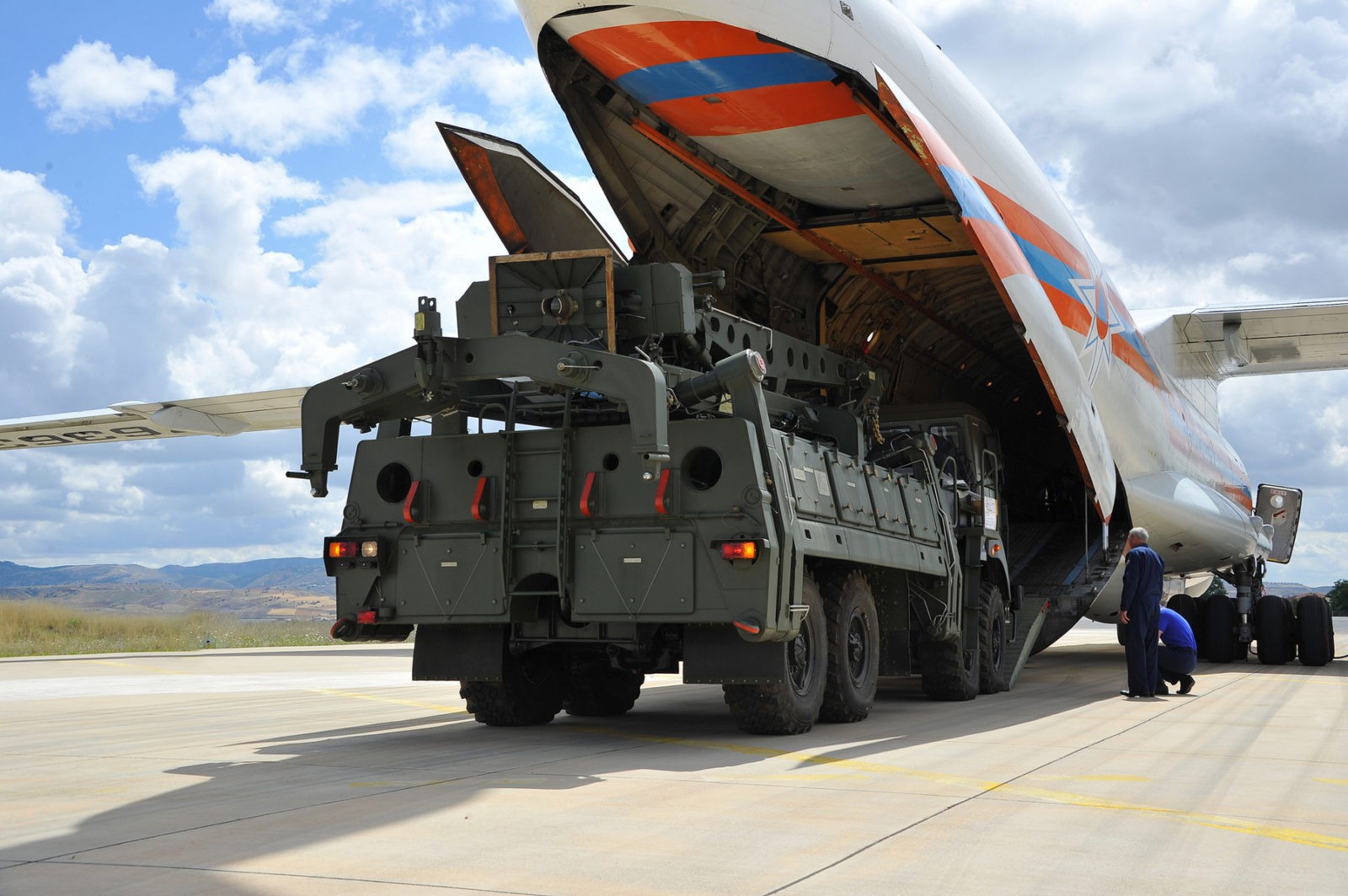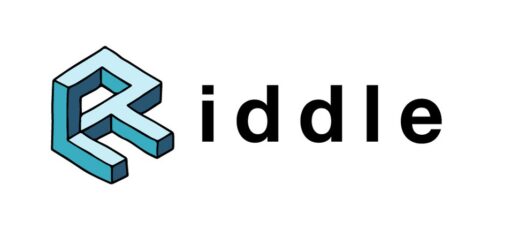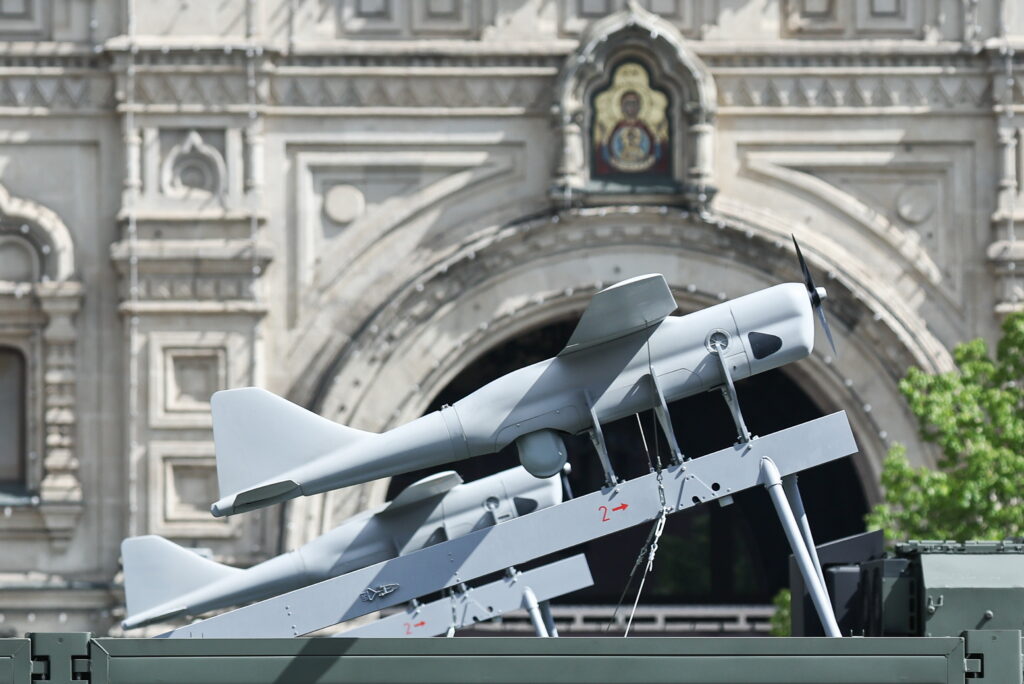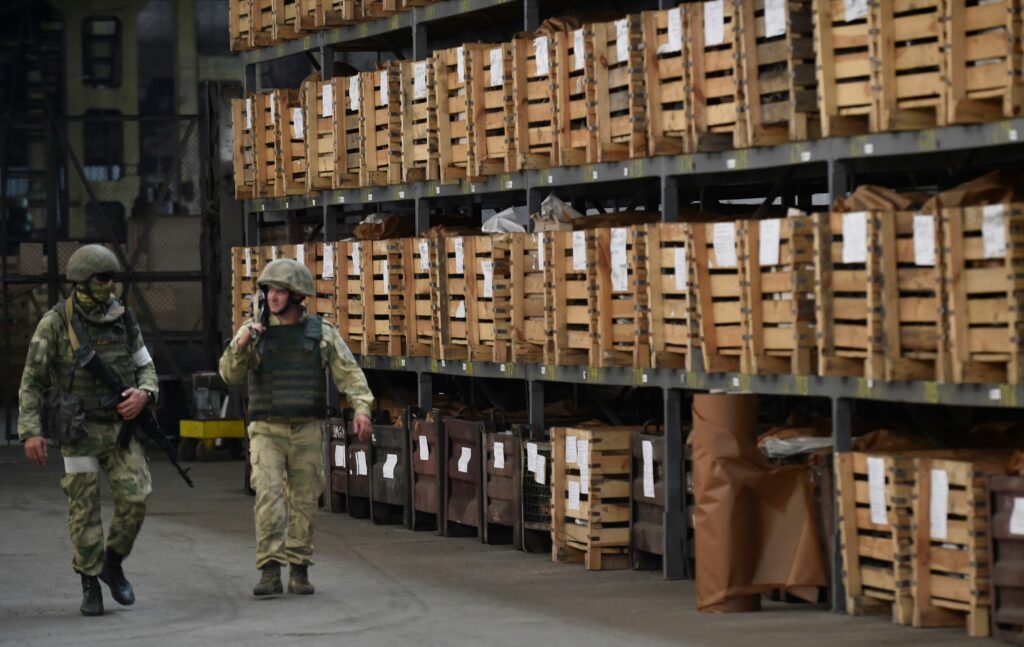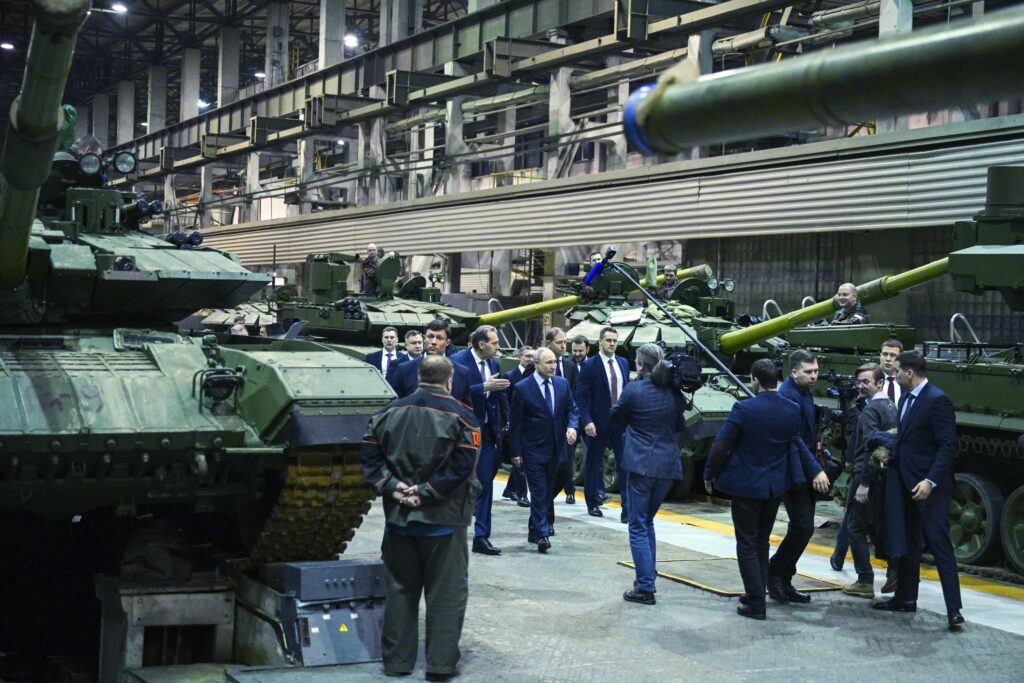The 2020 agenda contains the expediency of supplying Tehran with Russian air defence equipment. The issue became a hot topic again following the events related to the liquidation of the commander of the Quds Force, a unit of the Islamic Revolutionary Guard Corps (IRGC), by the USA, and the subsequent destruction of a Boeing 737 owned by Ukraine International Airlines (UIA) by Iranian air defence. Voices supporting a quick action in this sphere, despite the arms embargo (although it does not formally prohibit the implementation of contracts for defensive military equipment), were heard from marginal politicians such as Zhirinovsky. Yet if we analyse reports from last year, one thing becomes clear: Moscow and Tehran have long been working on the possibility of including air defence assets in the bundle of arms contracts. They have been working, at least, at the level of consultations between their defence ministries and a joint commission on military cooperation. After all, United Nations restrictions will expire in the autumn of 2020; Russia is not likely to vote for an extension of the embargo.
In 2016, Iran’s Defence Minister Hossein Dehghan assured that after President Vladimir Putin’s political decision to lift restrictions on the supply of S-300PMU2 systems to Iran, Tehran would limit itself to purchasing four divisions from Russia; his country would equip its air defence forces with its own proprietary equipment designs. For example, the Bavar-373 anti-aircraft weapon system seems to have similar characteristics to the Russian «300». The Iranian military made similar statements about the T-90 tanks: Russian machines are their «favourites.» But even after the embargo is lifted, the emphasis will be on Iran’s own armoured vehicles, in particular Karrar tanks. According to rumours, IRGC supports the idea of substituting imports as it controls the majority of armaments enterprises. The IRGC has been lobbying to promote its point of view through circles close to the Supreme Leader (Rahbar) Ali Khamenei.
As in the case of T-90, the Iranian leaders have repeatedly changed their minds about air defence equipment in their official statements. In its annual public report, the Defense Intelligence Agency of the U.S. Department of Defense noted Iran’s continuing interest in the Russian T-90s, S-400s, and the Su-30s and Yak-130s aircraft. Not without reason: after the 8th Moscow Conference on International Security organised by the Ministry of Defence, Bloomberg reported that due to the desire to develop relations with Saudi Arabia and Israel, Russia replied negatively to official requests of the Iranian side for the purchase of S-400. At the «Army-2019» forum in June, representatives of the Russian Federal Service for Military and Technical Cooperation announced Moscow’s readiness to supply Iran with an undefined number of S-400s. All these publications do not mean anything in themselves. But they confirm that Russia and Iran have been running consultations, discussing air defence equipment, among other things.
After the January events, the Russian authorities and arms exporters are faced with the following question: how to behave after Iran has shot down a civilian airplane?
On the one hand, Tehran’s purchase of air defence equipment may be presented as Russia’s «contribution» to peacekeeping efforts. Russian arms would make it more complicated for the USA to run a military operation against Iran. If Washington continues to refrain from actions taken directly against Iran, the story would be that Russian actions and systems have repelled the threat of American strikes and incursions. The Kremlin, however, must understand what was really behind Suleimani’s assassination: the late general helped Iran to systematically create and maintain a constant threat of global conflict in the region (or many local conflicts). This threat was used as a bargaining chip with the West, primarily to maintain a level of hydrocarbon exports. Yet Tehran, which is used to acting on the brink of peace and war and testing Washington’s determination, was not ready to face higher stakes. Therefore, the Iranians did not attack the U.S. Navy ship in the Persian Gulf but the military base. It did so having warned the Pentagon through the Swiss embassy in Tehran, as well as representatives of Iraq and Qatar.
Then again, Iran showed the world the low stress resistance of its air defence personnel, who destroyed a civilian airliner far from the border. The split of responsibility for air defence between the army and IRGC makes the Iranian armed forces «toxic» users of any equipment exported from the Russian Federation. On 21 January, the International Civil Aviation Organisation in Iran confirmed that the Ukrainian Boeing 737 was shot down by two missiles from the Russian Tor-M1 anti-aircraft missile system. Air defence equipment provides a cover for a secret IRGC facility, located near a civil airport, which is hardly accidental. Although the exporter’s responsibility for the importer’s use of arms is a controversial issue, Moscow’s image might still suffer.
Clearly, Iran’s financial resources are limited. It needs to upgrade its offensive weapons first of all. However, the case of the Ukrainian aircraft turns modernisation of Iran’s air defence into a geopolitical issue. Tehran may have to redirect the funds earmarked for buying strike systems to modernise the relevant equipment. At the same time, the tense situation may allow Russia to supply Iran with air defence systems of various ranges. This would eliminate the issue of supplying offensive weapons to Iran without any consequences for other bilateral relations. Even after the embargo is lifted, the sale of combat aircraft to Tehran, for example, may have a negative impact on Moscow’s relations with Riyadh and Abu Dhabi, not to mention possible new U.S. sanctions.
At present, Iranian air defence forces do not represent a single centralised system. Overall, neither air defence in the army nor anti-missile defence held by IRGC meet the modern requirements. They consist of a large number of air defence and anti-missile systems produced in Russia/USSR, China, the USA and UK, as well as Iran’s own designs — which makes it difficult to integrate the equipment into a single system.
Many anti-aircraft missile systems were set up by the Iranian air defence system before 1979, during the Shah’s rule. These still represent the core of the country’s air defence potential. Those were American Improved Hawk medium-range AM, as well as British Rapier and Tigercat short-range AM systems. After the Iran-Iraq war, these facilities were supplemented with Soviet S-200 and Kvadrat complexes, Chinese HQ-2 (an analogue of the Soviet S-75) and FM-80 (export version of HQ-7). The most effective elements of Iran’s air defence are the Tor-M1 systems purchased from Russia in 2007, and the long-range S-300 AM systems obtained from Russia in 2016. Moreover, Iran’s army and IRGC already have or are preparing to deploy Iranian copies of foreign systems or their analogues.
The Kremlin may decide to supply S-400 as a strategic step because of the aggravating crisis around Iran. That would impose a «dialogue on an equal footing» on its opponents once again: the anti-air defence systems do not only increase the capability of fire response. They also aid reconnaissance (thanks to the long- radius locators). Contracts for Buk AM systems and new batches of Tor are possible. But the most likely compromise is the export of Pantsir anti-aircraft missile systems. These systems owe their emergence (also in the Russian army) to the contract with the UAE, which financed the experimental development work. At present, these systems are in service with many Middle Eastern countries. According to some reports, Syria used Iranian money to pay for the implementation of the 2006 contract for the supply of these systems. Rumours have it that some systems may have entered Iran precisely from Syria.
Moscow also needs to consider the activity undertaken by other players in the Iranian arms market, such as China. The Iranians have quite strong and not always publicised ties with China in the sphere of military cooperation. China has been actively promoting its FD-2000 and LY-80 systems on the Iranian market, while the Iranian Air Force has already incorporated the Chinese automatic system of air defence forces and facilities control known as JY-10E. Russia’s leaders will need to figure out how to maintain political ties with Tehran’s opponents, without missing the opportunity to sell products manufactured by its own defence industry.
